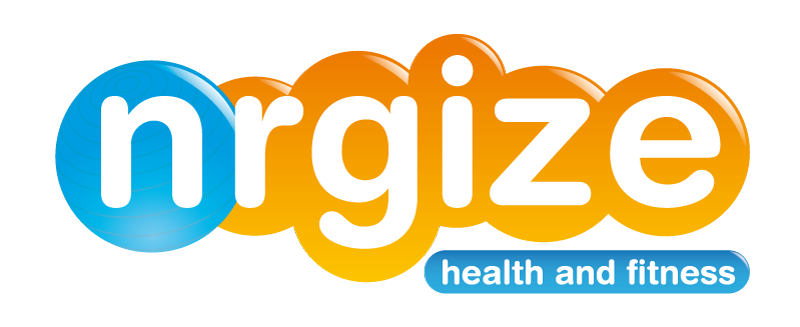With Christmas fast approaching one cannot help but notice an increase in people and vehicular traffic out on the streets. Stress levels increase as people frantically search for the perfect gift and struggle to fit in Christmas plays, Christmas fairs and Christmas parties into their already busy lives.
Christmas is a time of giving and caring not just about others but ourselves. What good are we to our loved ones if we are tired, tetchy and irritable. We need to take care of ourselves in order to take care of those close to us. So that is why I am daring you to take care of yourself this December! Relieve some stress and tension and revitalise yourself with a Sports Massage.
Treat yourself to an hour Sports Massage with me at About Backs and Bones in Derby, bring a copy of this post along, and receive a Gift Voucher for a 30 minute Sports Massage with me at the same clinic to be used during January or February 2020 by either yourself or a friend.
Christmas is a time of giving and caring not just about others but ourselves. What good are we to our loved ones if we are tired, tetchy and irritable. We need to take care of ourselves in order to take care of those close to us. So that is why I am daring you to take care of yourself this December! Relieve some stress and tension and revitalise yourself with a Sports Massage.
Treat yourself to an hour Sports Massage with me at About Backs and Bones in Derby, bring a copy of this post along, and receive a Gift Voucher for a 30 minute Sports Massage with me at the same clinic to be used during January or February 2020 by either yourself or a friend.
Call me direct on 07887 744819 or the About Backs and Bones on 01332 553332 and ask for an appointment with Nina.




















